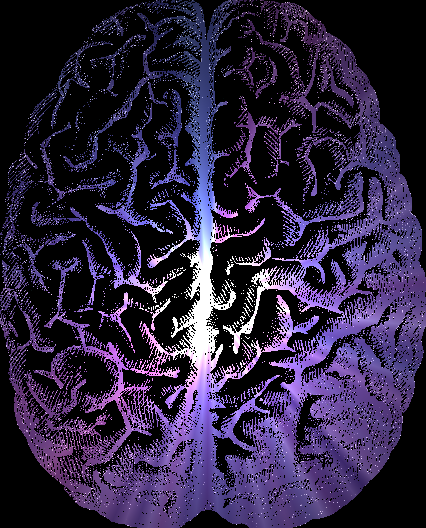Brain links boosted
 Researchers have shattered records for the speed of brain-computer interfaces (BCIs).
Researchers have shattered records for the speed of brain-computer interfaces (BCIs).
New BCIs, capable of decoding brain activity into speech at previously unimaginable speeds and accuracy levels, were detailed in two recently published papers in the journal Nature.
For those afflicted by neurological disorders like brainstem stroke or amyotrophic lateral sclerosis, the loss of speech due to muscle paralysis has been a heartbreaking reality.
While prior studies have demonstrated the potential to decode text from the brain activities of paralysed individuals, these technologies have been hindered by limitations in speed, accuracy, and vocabulary.
In the first study, led by Francis Willett and his team, a BCI was developed, employing a finely-tuned array of electrodes implanted directly into the brain.
An artificial neural network was then trained to decipher intended vocalisations.
Astonishingly, a patient with amyotrophic lateral sclerosis communicated at an average rate of 62 words per minute using this device, marking a remarkable 3.4-fold increase in speed compared to previous records.
This achievement brings the technology closer to the natural conversational pace of around 160 words per minute.
Notably, the BCI exhibited a mere 9.1 per cent word error rate on a 50-word vocabulary, representing a 2.7-fold reduction in errors compared to the 2021 state-of-the-art speech BCI.
In a separate study by Edward Chang and his team, a BCI took a different approach, utilising nonpenetrating electrodes situated on the brain's surface.
These electrodes detected the activity of multiple cells across the entire speech cortex.
This innovative BCI decoded brain signals into three simultaneous outputs: text, audible speech, and a speaking avatar.
Remarkably, brain-to-text translation achieved a median rate of 78 words per minute, a stunning 4.3-fold increase over the prior record, edging ever closer to the pace of natural conversation.
The BCI displayed a word error rate of just 4.9 per cent when decoding sentences from a 50-phrase set, representing a fivefold reduction in errors compared to the previous state-of-the-art speech BCI.
Even when tackling real-time decoding with a vocabulary exceeding 1,000 words, the error rate remained impressively low at 25 per cent.
The BCI further converted neural activity into intelligible synthesised speech sounds, understandable even to untrained listeners.
Impressively, the BCI was able to recreate the participant's pre-injury voice. Additionally, it translated brain signals into an avatar's facial movements during speech, along with non-verbal expressions.
The BCI consistently delivered high-performance decoding over extended periods, offering people with paralysis a more natural and expressive mode of communication.
In light of these extraordinary breakthroughs, Nick Ramsey and Nathan Crone, writing in an accompanying News & Views article, hailed the BCIs as “a great advance in neuroscientific and neuroengineering research” with immense potential to alleviate the suffering of individuals who have lost their voice due to paralysing neurological injuries and diseases. However, they call for further research to facilitate broader adoption of this transformative technology.








 Print
Print